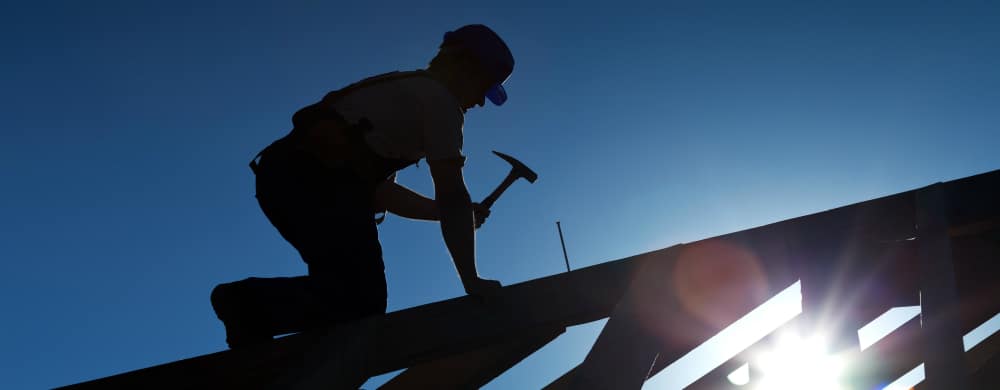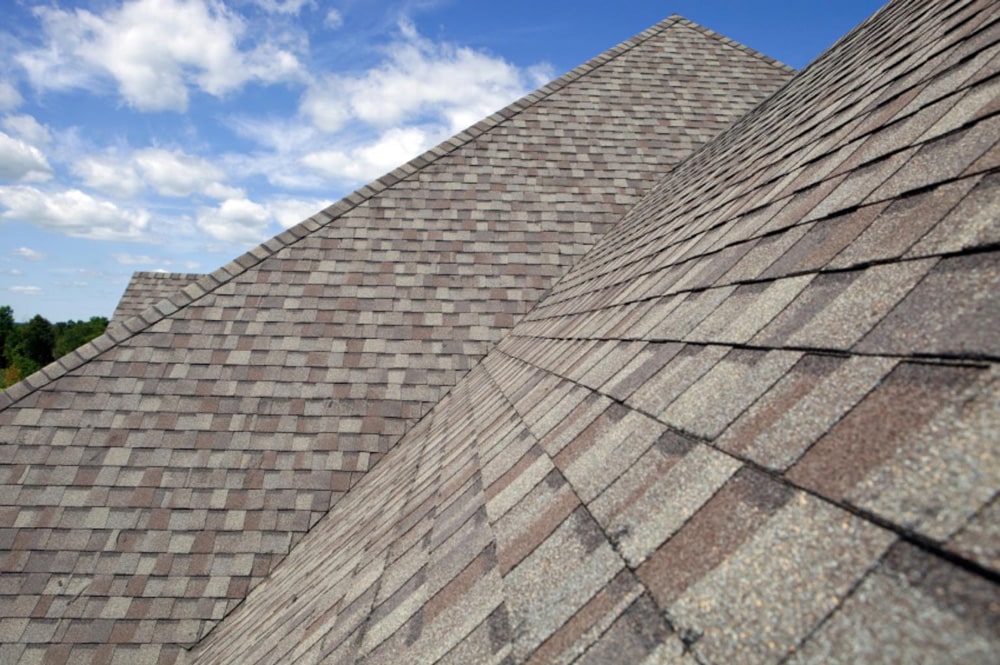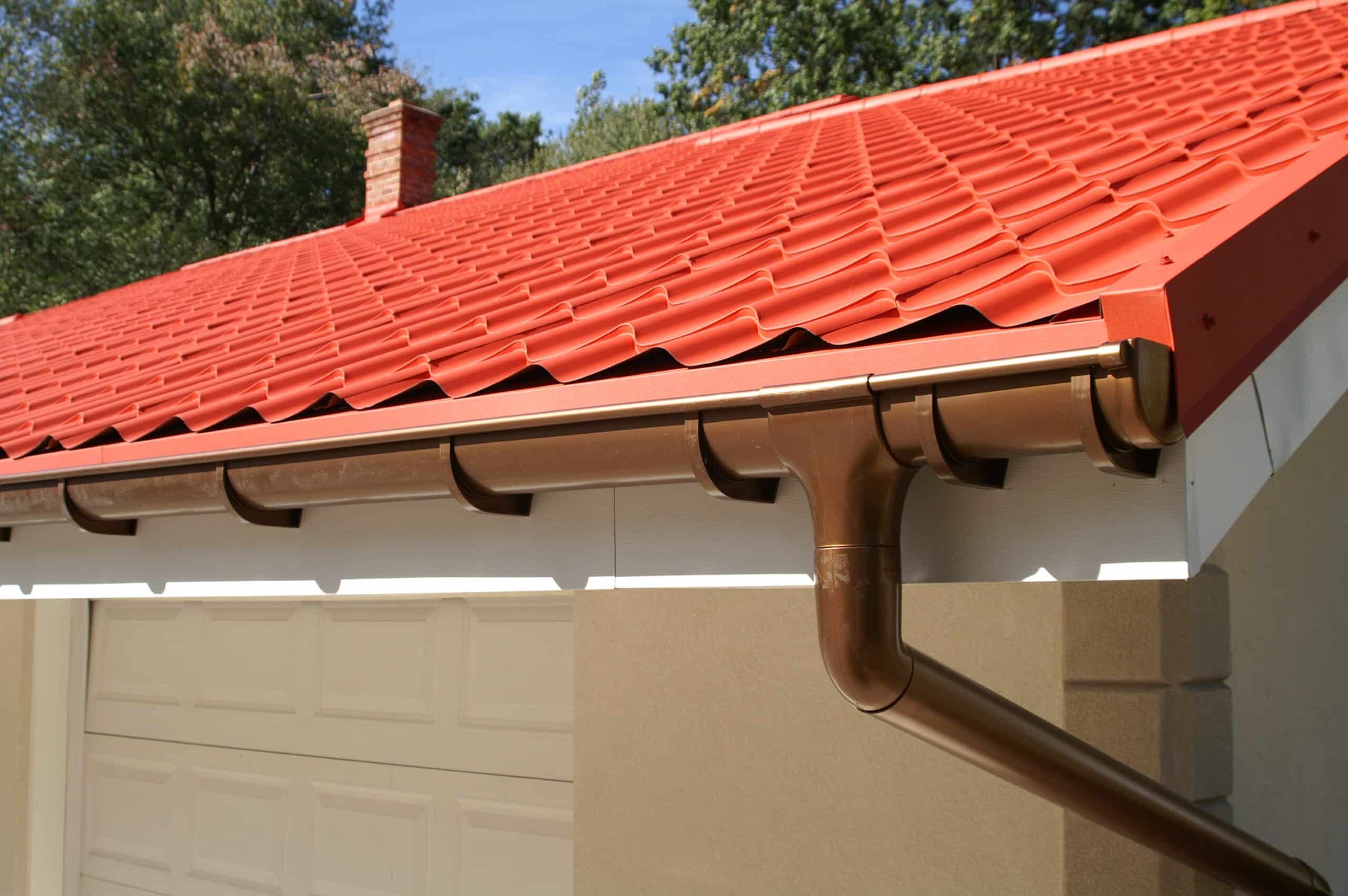
6 Common Roofing Problems
11/28/2017
No roof lasts forever. At some point, your roof may encounter issues that will require repairs or even a full replacement. Assuming the roof system was installed properly, the age of the roof will be the most obvious reason for needing attention.
A roof system may also require attention if the installation was not done by a knowledgeable and licensed contractor. As well, storm and tree damage can cause a roof to fail and need repairs. Basic maintenance, such as gutter cleaning and snow removal, will also impact the integrity of the roof and all the related components.
Here are 6 common roofing problems that you may experience and will need to address to prevent leaks. Some of these you may be able to identify yourself. If you are experiencing leaks and can’t identify the problem, consider having a roofing professional inspect the roof and advise you on how to address the issues.
1. Missing, Deteriorated, or Improperly Installed Flashing
Flashings are an integral component of every roofing system. Flashings ensure that you won’t get leaks at the roof perimeters, at roof penetrations, and where 2 different materials or surfaces meet. There are different flashing materials commonly used on roof systems.
Common Flashing Materials
- Aluminum
- Copper
- Galvanized metal
- Bituminous materials
- Rubber or EPDM adhered membrane flashings
These materials are used in different areas of the roof.
Flashing Locations
- Eaves or roof perimeters above gutters
- Valleys
- Wall base at dormers
- Pipe penetrations
- Skylight enclosures
- Base of chimney
- Kick-out where a roof meets an adjacent wall
It is not uncommon to see instances where flashings have not been installed. This often occurs where a roof meets a wall and at the roof perimeter above gutters.
Flashings are also subject to deterioration. Metal flashing at masonry chimneys can corrode or the seams can fail. Exposed valley flashing takes on a lot of rainwater and is likely to fail before the shingle layer of the roof.
It is good practice to have flashings inspected every few years, especially if you are seeing any moisture around chimneys, skylights, or where vent pipes penetrate the roof. Generally, flashings can be replaced or repaired without having to replace the entire roof.
2. Worn, Buckled, or Missing Shingles
Wear is normal with age and exposure to sun, wind, snow, hail, and pollutants. Hail is particularly damaging, as it can knock the granules right off the surface of the shingles. UV rays from the sun can deteriorate the surface as well. This is often noticeable in the form of discoloration of the side of the roof that faces directly south.
Buckled or curled shingles are generally easy to spot. This can happen from strong winds or exposure to extreme temperature differences. In some cases, these shingles can quickly be replaced.
Missing shingles, also easy to spot, are often due to a poor initial installation, inadequate ventilation, or unusually high winds. A missing shingle is a potential area for leaks and should be replaced as soon as possible.

An annual roof inspection is recommended if your home or building is subjected to extreme conditions. It may be possible that just a small area of shingles can be replaced to prolong the life of the entire roof surface.
3. Inadequate Ventilation
Pitched roofs often have some combination of soffit vents, ridge vents, and gable end vents. The purpose of the vents is to allow for air to circulate between the rafters and within the attic space. A properly vented roof will help to prolong the life of the roof and prevent moisture from building up on the interior of the space.
It is not uncommon to see soffit vents that are blocked by improperly installed insulation. Sometimes the vents were not installed at all. This is especially problematic when an attic space has been made into a finished room and soffit vents are missing or insulation is tight to the underside of the roof decking with no baffles to allow for air to circulate.

If you notice moisture or mold on the interior walls and ceiling of your finished attic space it may be due to a lack of ventilation beneath the roof. Your roofing specialist can inspect the conditions and either recommend remedying the insulation or adding the appropriate ventilation components.
4. Soffit Deterioration
Soffits are the boxed out areas just beneath the roof eave, also referred to as the perimeter overhang. Soffits have several purposes. They provide some amount of protection to the upper façade from the rain. They allow for ventilation openings so that air can circulate between the roof rafters. And, they are a good place to secure a gutter system.
Soffits are often wood or vinyl. Vinyl is lightweight and subject to cracking or sagging. Wood must be maintained to prevent it from rotting. If either material becomes damaged, this is an invitation for insects, birds, squirrels, and bats to enter the roof area and set up shop. There is also the potential for leaks from rainwater and melting snow.
5. Ice Dams
Northeastern winters can be cold and with unpredictable temperature fluctuations. When snow builds up on a roof it is subjected to temperature extremes. Exterior temperatures can be cold, while the interior just beneath the roof is warm. If ventilation is poor, the snow layer closest to the roof can melt and turn to ice, causing a dam. Melting snow turns to water and can become trapped by the ice dam.
When ice damming occurs, the water that is a byproduct wants to move. Unfortunately, this water can leach into your home beneath or behind flashings. This mainly occurs at intersections of roofs with dormers or chimneys, at valleys, and at the eaves.
6. Clogged Gutters
Gutters and downspouts are key components in any roofing system. They are necessary to contain and divert water away from the building and the foundation. Gutters can get clogged with debris and dead leaves. If gutters are clogged water can back up under the roof drip edge and damage the roof deck or cause leaks.

Whether your landscaper, you, or your roofing contractor clears out the gutters, this should be part of routine annual maintenance, especially in the autumn months.
A Professional Roofing Company can Help
If you are concerned that you may be encountering one or more of these common roofing problems, it is wise to seek advice from a qualified, licensed roofing contractor. Fortified Roofing is knowledgeable in all aspects of the roofing business. We would be happy to inspect your roof system and answer your questions. Please visit our website for contact information.
